Cost Management Report
April-June 2024 issue.
「Construction Prices Slacken Slightly, but High Rate of Increase Remains Intact; Securing Construction Workers is Also an Issue」
Scroll Down
This report has been prepared by the Cost Management Group of the Architectural Design Dept. of Nikken Sekkei Ltd for information purposes. While the information in this report is current as of the date of publication, its completeness is not guaranteed. The contents are subject to change without notice. Unauthorized reproduction of this report is prohibited.
Construction Prices Slacken Slightly, but High Rate of Increase Remains Intact; Securing Construction Workers is Also an Issue
Orders received remain solid
Profits on completed work remain low
-
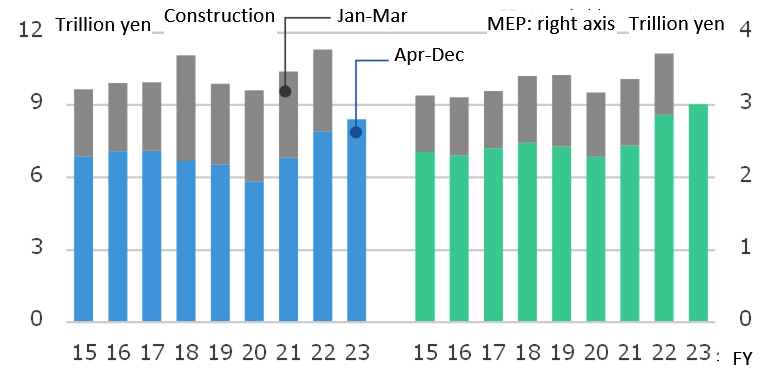 Fig.1: Trends in Orders Received by Builders & MEP Contractors
Fig.1: Trends in Orders Received by Builders & MEP Contractors
Ministry of Land, Infrastructure, Transport and Tourism (MLIT):
A Statistical Survey of Orders Received for Construction Work (50 major companies),Results of a Survey of Orders Received in the Equipment Construction Industry (each of the 20 major construction companies). -
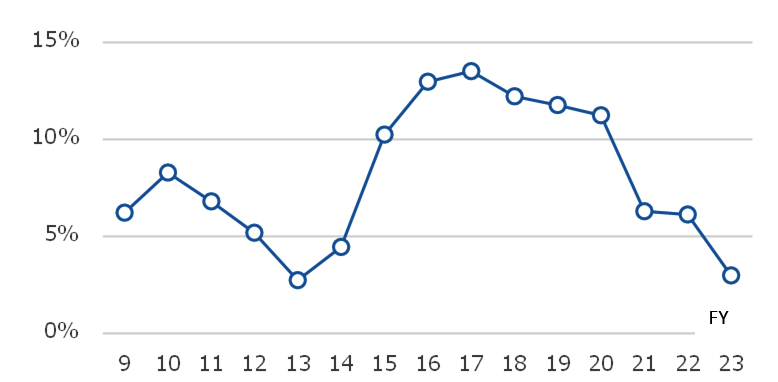 Fig.2: Average Profit Margins on Completed Work at 4 Major Construction Firms
Fig.2: Average Profit Margins on Completed Work at 4 Major Construction Firms
Prepared from each company's financial data.
Construction costs inflation rate moderates slightly, but remains high
Tough contractor selection trend is becoming more pronounced
-
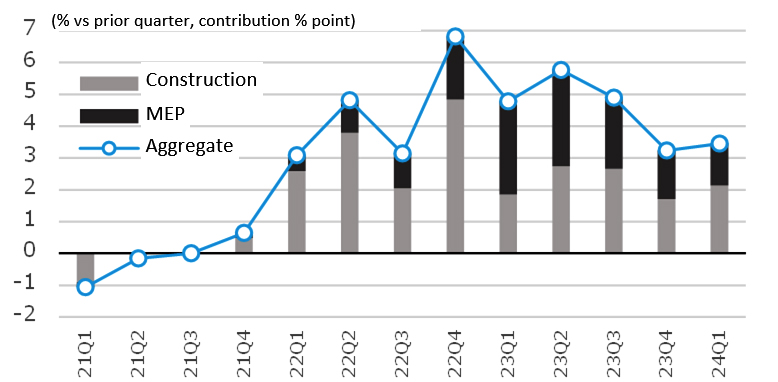 Fig. 3: NSBPI (Metro Area) Rates of Increase
Fig. 3: NSBPI (Metro Area) Rates of Increase
Compiled from Nikken Sekkei data. -
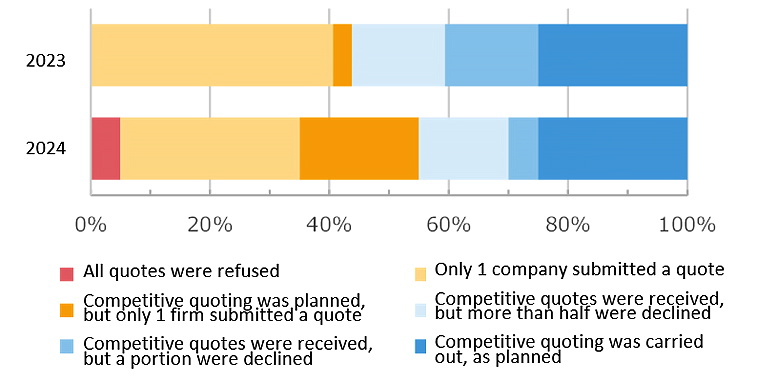 Fig. 4: Construction Quote Participant Status
Fig. 4: Construction Quote Participant Status
Compiled from Nikken Sekkei data.
NSBPI: All Regions Continue to Rise; Kansai and Tokai Narrow the Gap with Greater Tokyo
Nikken Sekkei Standard Building Price Index NSBPI*2
-
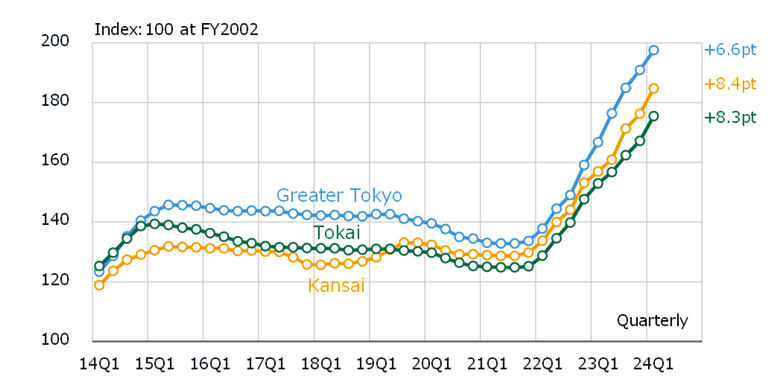 Fig. 5: Changes in NSBPI
Fig. 5: Changes in NSBPI
-
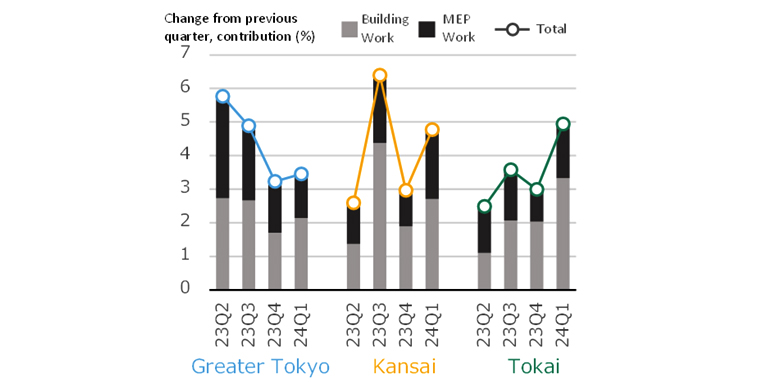 Fig. 6: % Change in NSBPI, Construction Work vs. MEP Work Contribution
Fig. 6: % Change in NSBPI, Construction Work vs. MEP Work Contribution
The NSBPI Building-to-MEP Ratio Shifts: MEP Rises
The Sense of a Labor Shortage Remains at a High Level
-
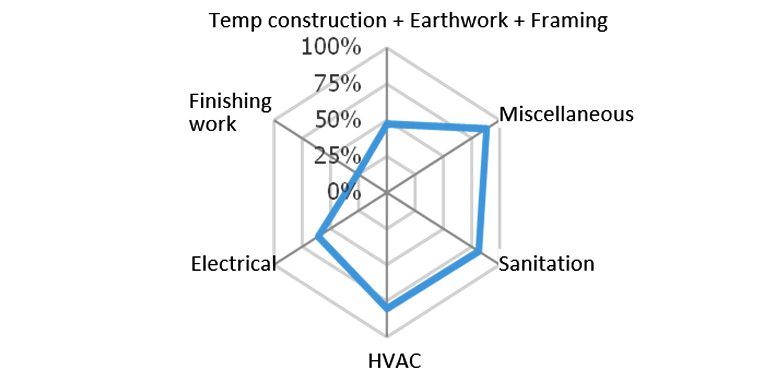 Fig. 7: NSBPI by Construction Task Type, % Increase from July-Sep 2021
Fig. 7: NSBPI by Construction Task Type, % Increase from July-Sep 2021
Compiled from Nikken Sekkei data. -
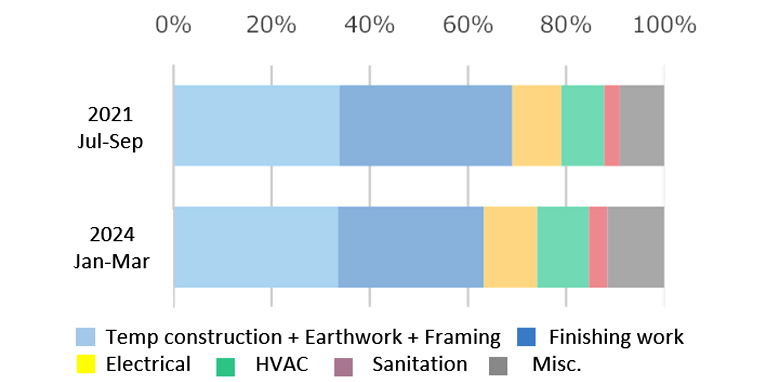 Fig.8: NSBPI Composition Comparison
Fig.8: NSBPI Composition Comparison
Compiled from Nikken Sekkei data. -
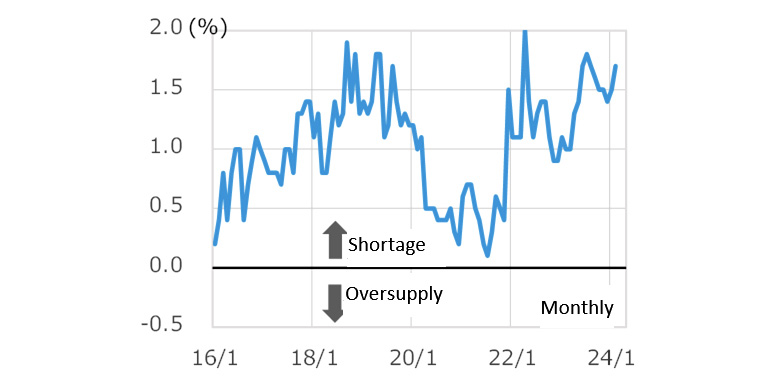 Fig.9: Trends in the Oversupply/Shortage Skilled Construction Worker Ratio
Fig.9: Trends in the Oversupply/Shortage Skilled Construction Worker Ratio
Source: Ministry of Land, Infrastructure, Transport and Tourism (MLIT): Survey of Construction Labor Supply and Demand (eight job categories in all, nationwide, seasonally adjusted).
*1: Overtime work ceiling regulations will be applied to construction and logistics from April 2024.
*2: Nikken Sekkei Standard Building Price Index (NSBPI): An index showing price movements in construction prices, calculated independently by Nikken Sekkei Ltd. Using standard rental office space as a quantitative model, the index is calculated and converted into an index of construction prices that reflect prevailing prices, as identified through independent surveys from time to time. The first quarter (Q1) is from January to March, Q2 is from April to June, Q3 is from July to September, and Q4 is from October to December.